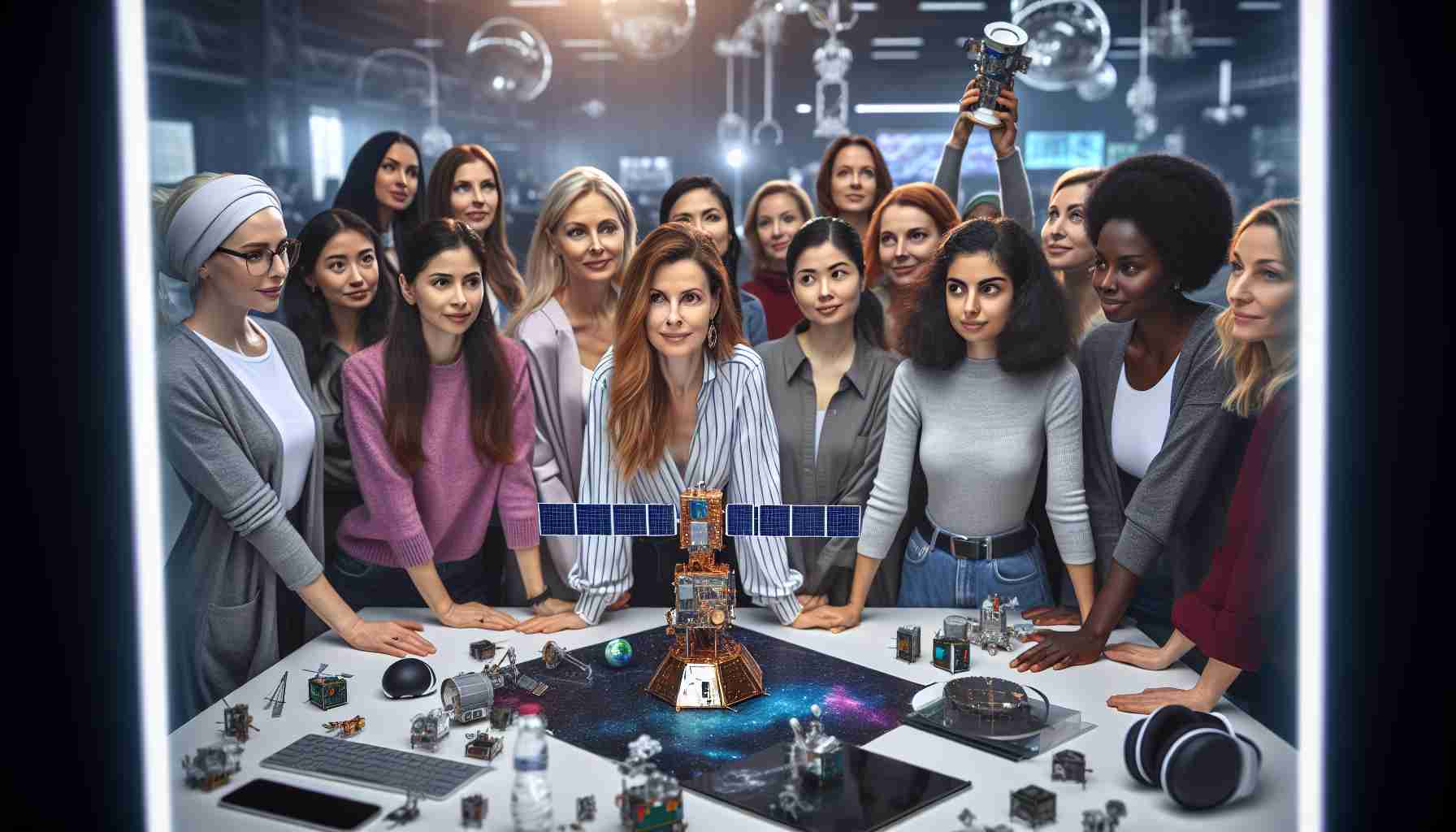
Space Kidz India, a pioneering aerospace startup, has initiated an ambitious global project named “ShakthiSAT,” aimed at training approximately 12,000 girls from 108 nations in the realm of space technology. This initiative targets high school girls aged 14 to 18 and encompasses 120 hours of comprehensive online training. Participants will delve into subjects such as payload development and spacecraft systems, equipping them with knowledge crucial for future advancements in space exploration.
Scheduled for an official poster launch in November 2024, the program signifies a significant stride towards fostering international collaboration. The program will select 108 outstanding students, one from each participating country, who will later travel to India for practical training. The hands-on experience will allow these young women to engage in constructing payloads and spacecraft prototypes between June and August of the following year.
Countries involved in this initiative include a diverse range from the UK and Brazil to Afghanistan and Australia. The mission’s leader expressed excitement over the project, emphasizing its potential to inspire and unite young women worldwide by opening doors to transformative opportunities in science and technology.
With plans to integrate a satellite launch into ISRO’s Chandrayaan-4 mission by 2026, Space Kidz India aspires to ignite a passion for space science among millions, fostering a new generation of female leaders in technology and innovation.
Empowering Future Female Innovators: ShakthiSAT’s Global Space Initiative
As the world recognizes the critical need for gender equality in STEM fields, Space Kidz India’s “ShakthiSAT” initiative takes a bold step towards empowering young women in aerospace. The program not only aims to equip high school girls with necessary technical skills but also strives to foster a culture of innovation and leadership among future female engineers and scientists.
Key Questions
1. What are the specific skills being taught in the ShakthiSAT program?
The program includes training in payload development, spacecraft systems, satellite communication techniques, and fundamental engineering principles. Participants will also learn about project management, teamwork, and problem-solving in a high-tech environment.
2. How will participants benefit beyond technical knowledge?
Beyond technical skills, ShakthiSAT aims to instill confidence and interpersonal skills, giving girls the platform to collaborate with peers from various cultures, build networks, and receive mentorship from industry professionals.
3. What metrics will measure the success of ShakthiSAT?
Success will be measured through participant engagement, successful completion of training modules, the quality of projects created, and the eventual participation of graduates in aerospace initiatives or educational pursuits in STEM fields.
Key Challenges and Controversies
Despite its noble objectives, ShakthiSAT faces several challenges:
– Digital Divide: Not all participants may have equal access to technology or stable internet connections, potentially hindering their ability to fully engage with the online training.
– Societal Barriers: In some countries, cultural norms may discourage girls from pursuing technical education, leading to limited participation and support from families.
– Sustainability of Interest: Maintaining long-term interest and support for women in STEM after the initial training could be challenging.
Advantages and Disadvantages
Advantages:
– Inspiration and Role Models: The initiative empowers participants to envision careers in aerospace, acting as a catalyst for change in their communities.
– Global Collaboration: By uniting girls from diverse backgrounds, the program enhances cultural awareness and fosters collaboration, simulating real-world international projects in aerospace.
– Pathways to Education and Employment: Participants gain access to further education and potential job opportunities within the space sector.
Disadvantages:
– Resource Allocation: Significant resources are needed for infrastructure and support systems to train and mentor such a vast number of participants effectively.
– Outreach Limitations: Reaching remote or underprivileged areas may require additional strategies that could complicate implementation and increase costs.
As the ShakthiSAT initiative progresses toward its launch, the anticipation builds for the potential it holds, both in launching satellites and revolutionizing the roles of women in technology. The success of such programs could inspire similar initiatives worldwide, promoting inclusivity and innovation.
For more information on Space Kidz India’s initiatives, you can visit their [website](https://spacekidzindia.com).



